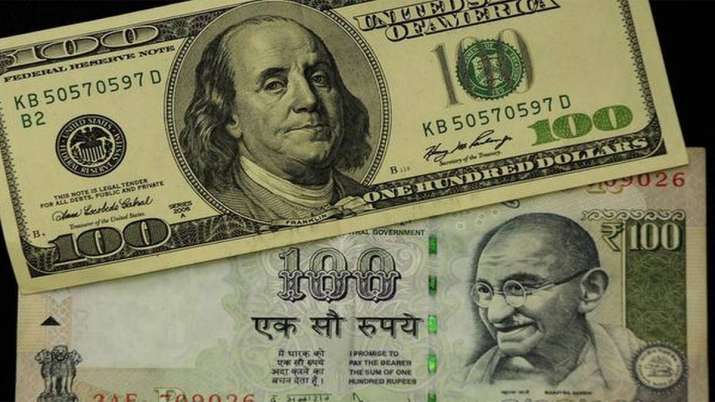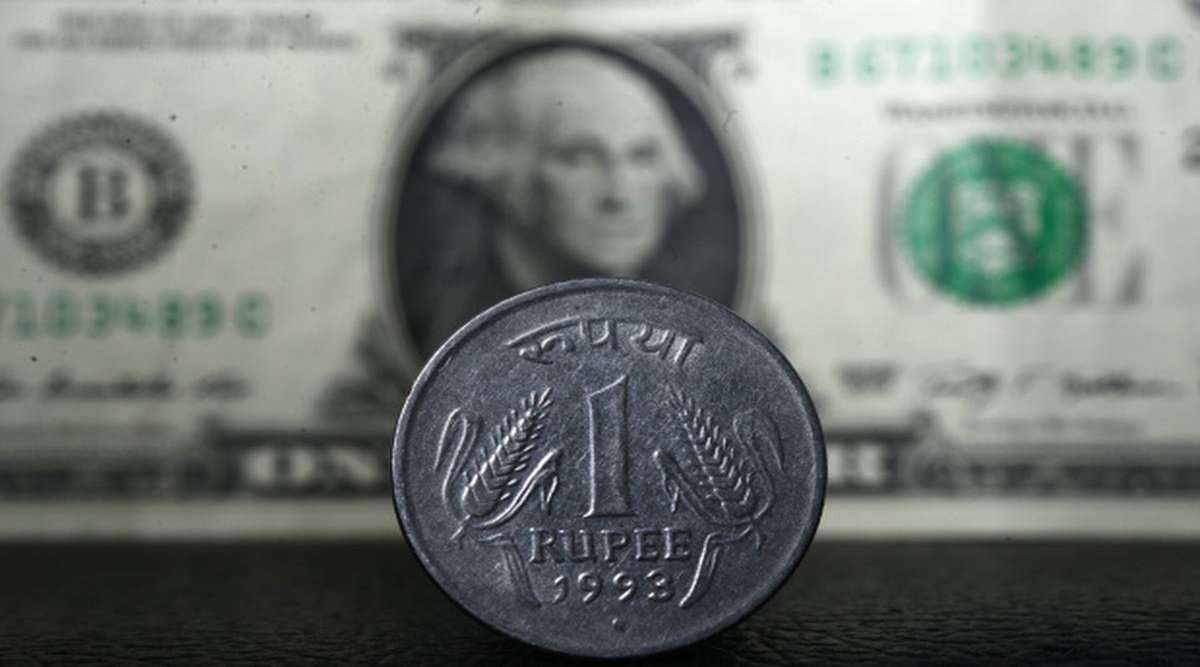Over the previous week, the rupee was steady against the dollar. On Tuesday, it finished at 83.11, down from 83.16 the previous week. Despite difficulties including foreign outflows and rising crude oil costs, the value of the Indian rupee was unchanged. NSDL (National Securities Depository Limited) reports that over the previous week, there was a net outflow of around $580 million from Foreign Portfolio Investors (FPI). In addition, the price of Brent crude oil has surpassed the $80 threshold.
Although a rate cut is not anticipated by the market this time, some clarity regarding the interest rate’s potential future course is anticipated. In addition to being an election year, February 1 will see the release of India’s interim budget. These variables may have a significant effect on the dollar-rupee exchange rate.
The charts are analyzed below. During the last two weeks, the rupee has fluctuated within a narrow band of 83.20 to 83.20. In general, the range is 82.80–83.50.
The circumstances listed above could force the dollar rupee outside of the range. The rupee may reach 82.80 if it continues to rise over 83. A rally to 82.50 or possibly 82.25 may be initiated by a breakout of 82.80.However, the rupee will probably fall to 83.50 if it falls below 83.20. A breakdown of this support might cause a short-term decline to 84 and a potential medium-term decline to 85.The last two weeks have seen the Dollar Index (DXY) move within a small range of 103–103.80.
A change in DXY may be prompted by the Fed’s statement. A brief short-term rally to 105 may occur on a breach over 103.80. It can, however, be pulled to 102 or 101 if it drops below 103. Exchange rates between dollars and rupees are likely to be impacted by the results of things like the interim budget and Fed policy decisions. Right now, though, it’s unclear where to go. Consequently, traders ought to use caution.

